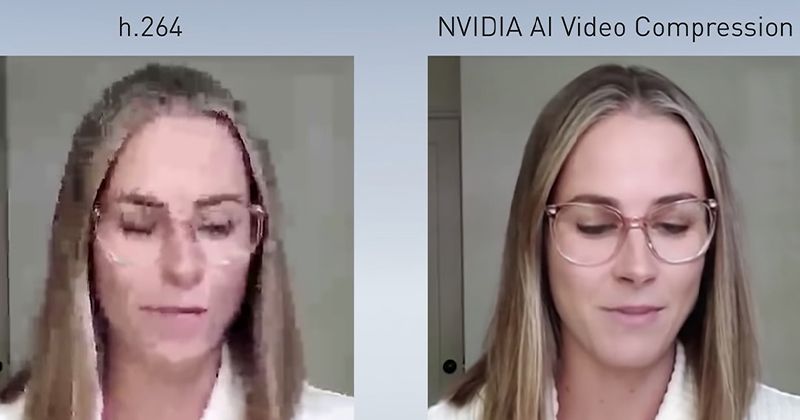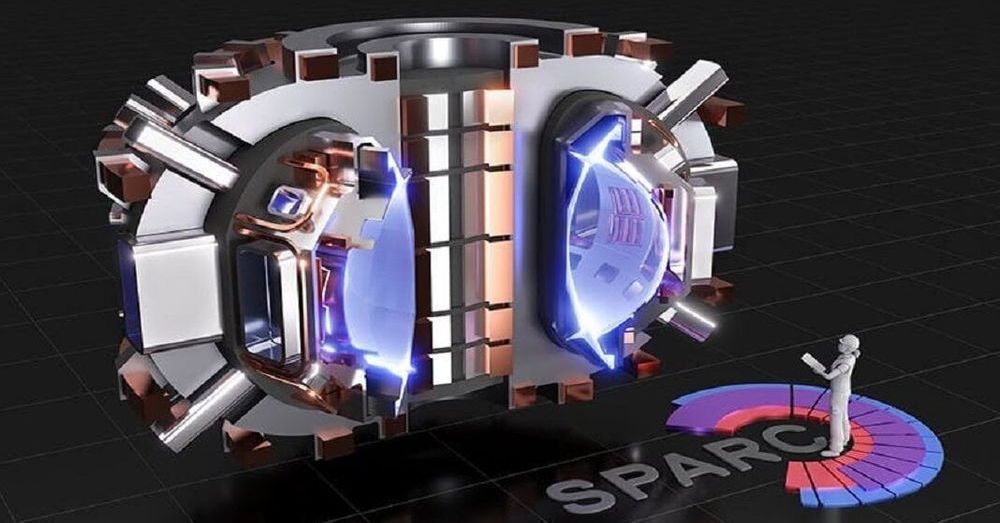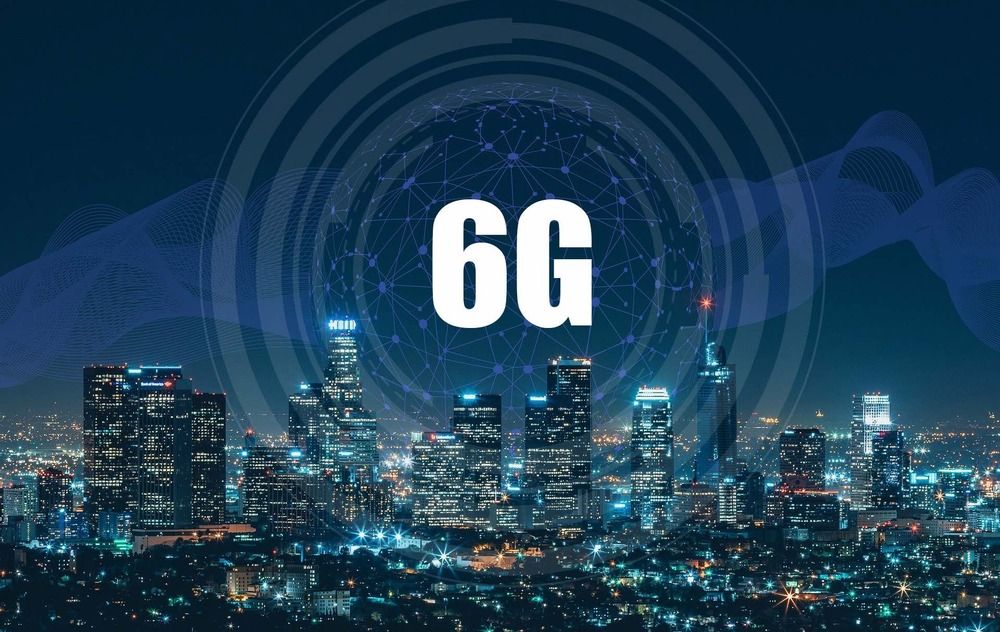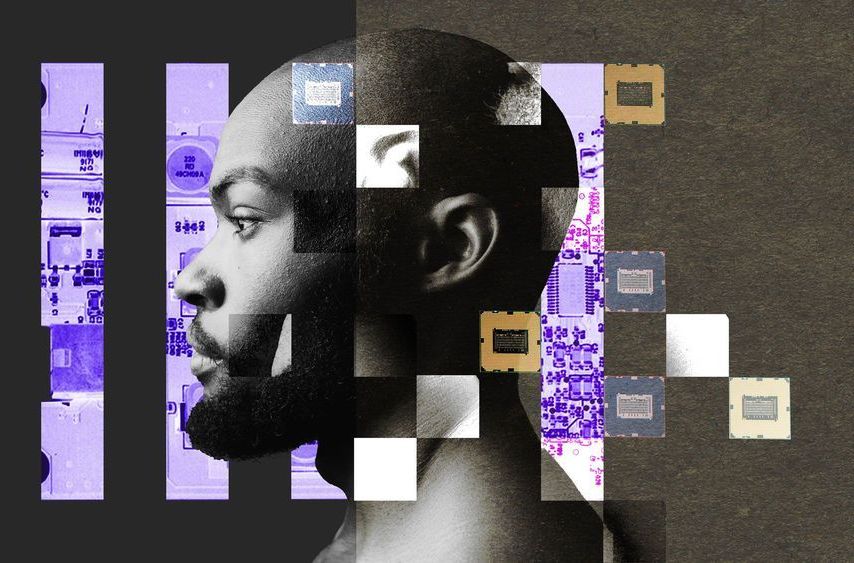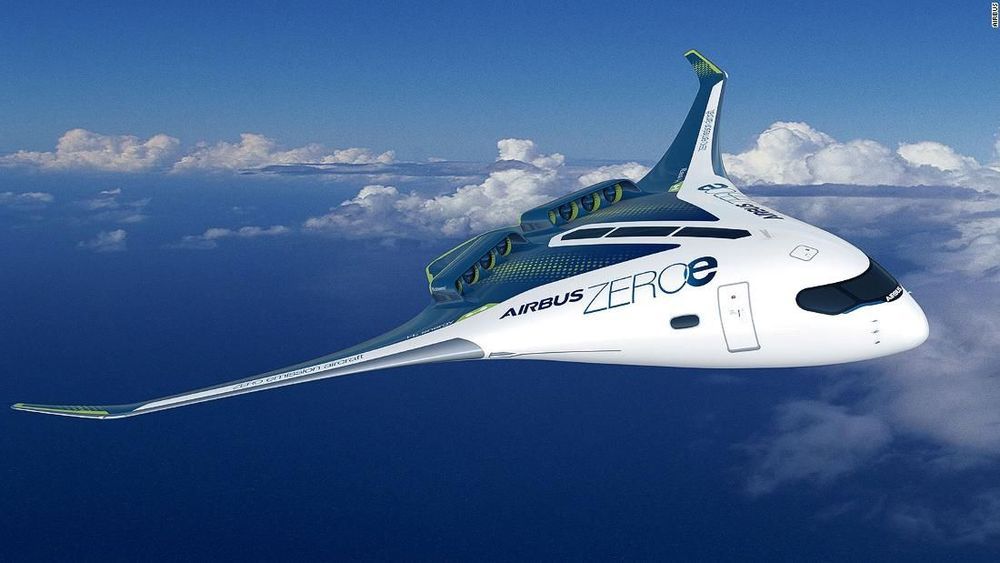What the researchers have achieved has remarkable results: by replacing the traditional h.264 video codec with a neural network, they have managed to reduce the required bandwidth for a video call by an order of magnitude. In one example, the required data rate fell from 97.28 KB/frame to a measly 0.1165 KB/frame — a reduction to 0.1% of required bandwidth.
NVIDIA Research has invented a way to use AI to dramatically reduce video call bandwidth while simultaneously improving quality.
